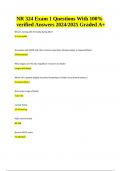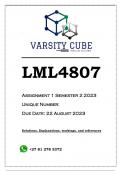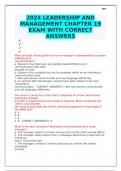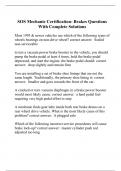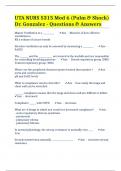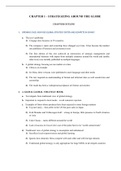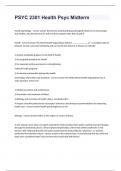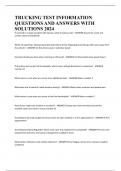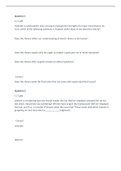Summary
Introduction to proteins and enzymes 251 (BCM 251) summary of ALL lecture notes
- Course
- BCM 251 (BCM251)
- Institution
- University Of Pretoria (UP)
These extensive notes are based on the BCM 251 lecture notes and Lehninger Principles of Biochemistry textbook. The notes cover all the work in the module and have also been double checked using the learning outcomes in the study guide to ensure all the information was there. They also include all ...
[Show more]




